We caught up with the brilliant and insightful Oliver Perry a few weeks ago and have shared our conversation below.
Oliver, so excited to have you with us today. So much we can chat about, but one of the questions we are most interested in is how you have managed to keep your creativity alive.
I keep my creativity alive by making art simply for myself — not just when I’m told to! I love spending time with my sketchbook, drawing and painting outdoors. Observing and capturing the world around me always sparks new ideas and helps me discover things I can bring into my illustration projects. I also enjoy warming up with one-word prompts, creating drawings or paintings inspired by a single random word — it’s a fun way to stay imaginative and keep my creativity flowing.
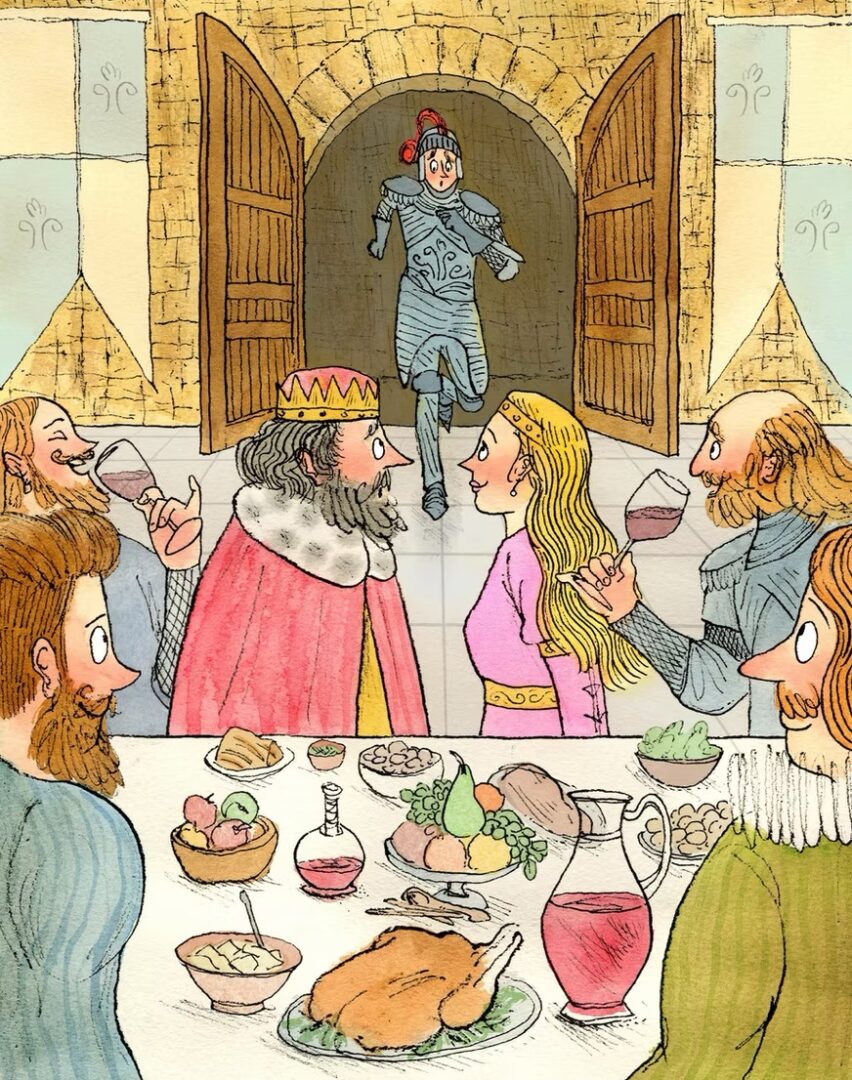

Appreciate the insights and wisdom. Before we dig deeper and ask you about the skills that matter and more, maybe you can tell our readers about yourself?
I’m a full-time K–12 art teacher at a private school in Massachusetts, and outside the classroom, I’m passionate about my own artistic practice. I love working on personal projects, filling my sketchbooks with drawings, and creating work for children’s book and editorial illustration. I’m inspired by vintage children’s books and classic New Yorker magazine covers, and I enjoy capturing a charming, whimsical quality in my ink and watercolor artwork.

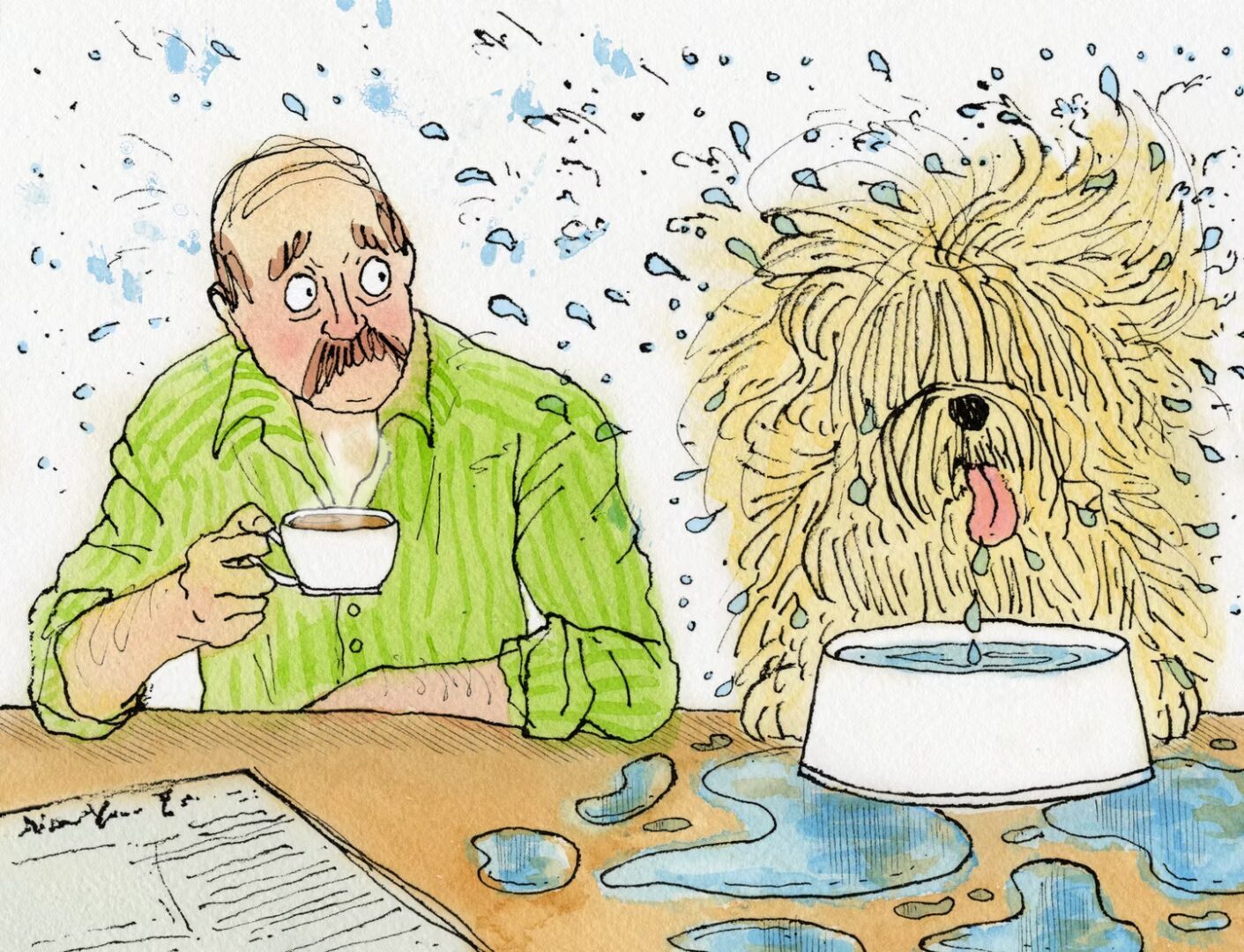
There is so much advice out there about all the different skills and qualities folks need to develop in order to succeed in today’s highly competitive environment and often it can feel overwhelming. So, if we had to break it down to just the three that matter most, which three skills or qualities would you focus on?
1. The Importance of Using Reference
When I first started making art, I used to think that using photo references was “cheating.” But over time, I realized how challenging it is to draw or paint entirely from imagination. References are essential—they help inform your work, make it more believable, and add authenticity. Being an illustrator is a bit like being a detective or researcher! One of my professors once told me, “Never make anything up.” Every element in a picture should be based on something real. Specificity matters, no matter how simple or stylized your drawing is.
2. The Importance of Sketching Thumbnails and Planning
Thumbnail sketching is something I had to learn to love—and now I can’t imagine starting a piece without it! Thumbnails are quick, loose sketches that help you explore composition, layout, and storytelling before committing to a final idea. You never want to settle on your first thought or composition. Experimenting with different approaches helps you find the strongest, most dynamic version of your idea.
3. The Importance of Art History and Illustration History
Whenever I face a creative challenge, I look to the artists and illustrators I admire to see how they handled similar problems. Studying art and illustration history is like having an ongoing conversation with the past—it teaches, inspires, and nourishes. Seeing how others approached their work motivates me to push my own creativity further and continue growing as an artist.
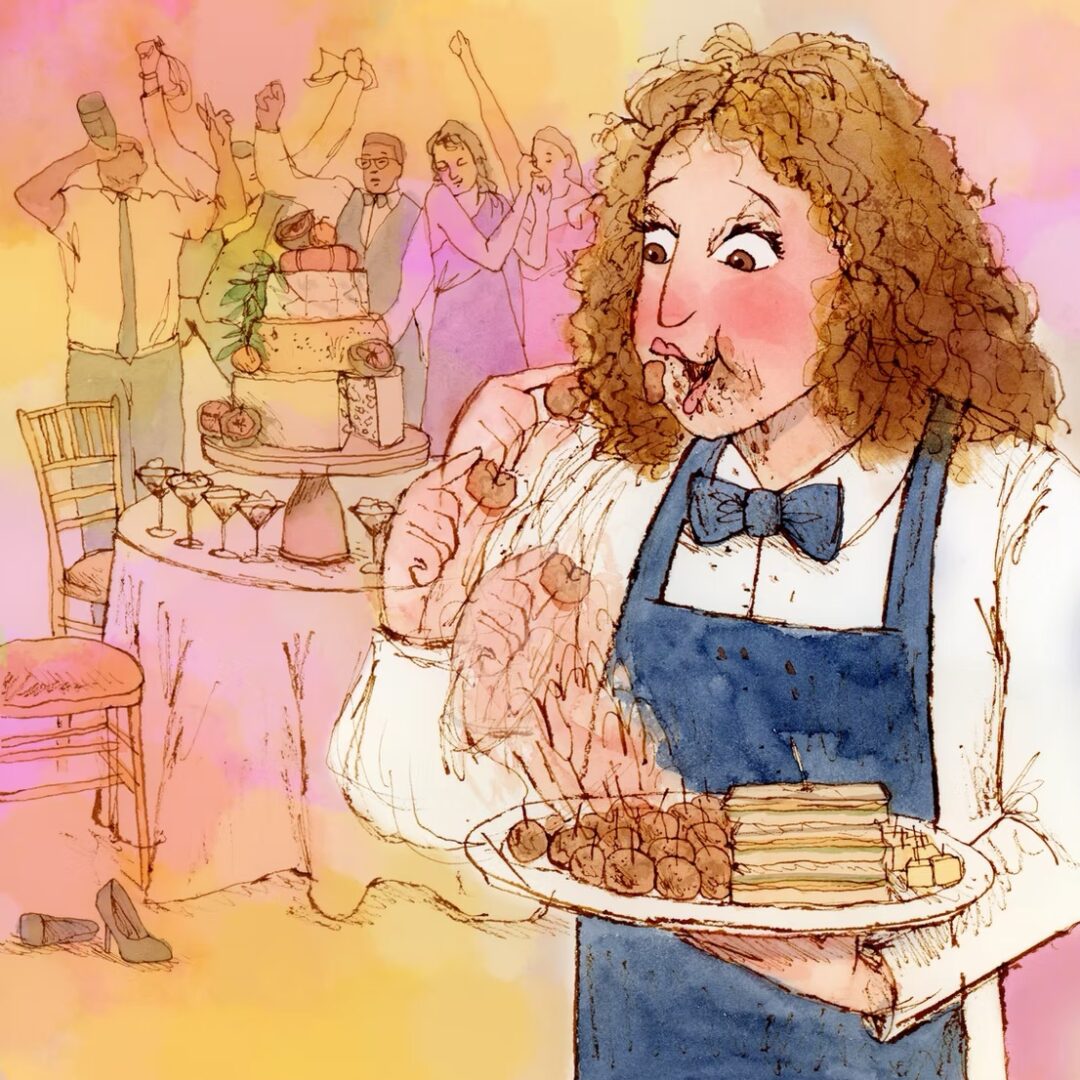
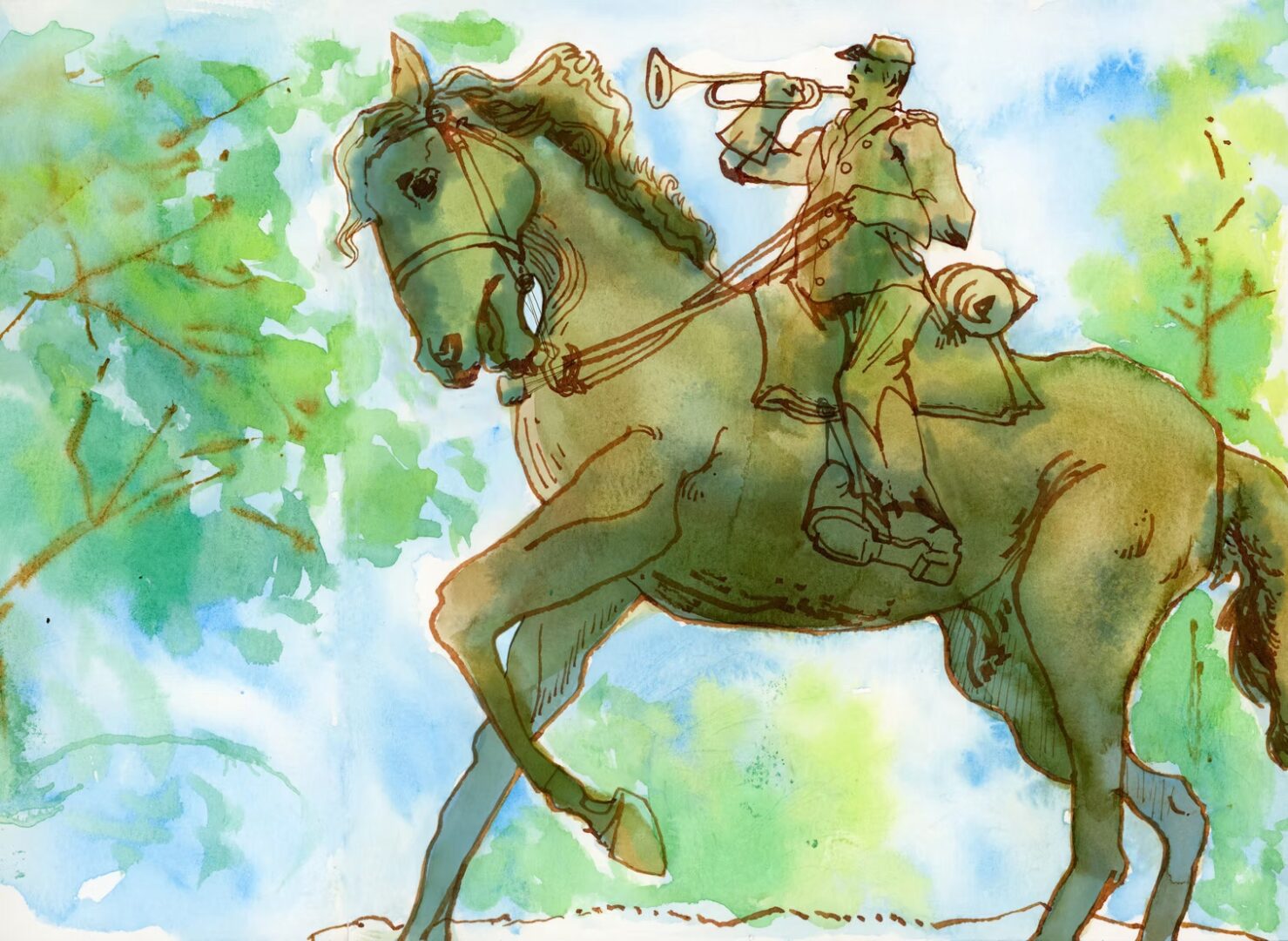
How would you describe your ideal client?
My biggest dream is to illustrate and publish a children’s book—and eventually, to both write and illustrate one of my own. I also hope to have my work featured in The New Yorker, and in major publications like The New York Times or The Wall Street Journal. Ultimately, my greatest goal is to one day have my art on the cover of The New Yorker magazine.
Contact Info:
- Website: https://www.oliverillustration.com
- Instagram: https://www.instagram.com/oliverillustration/
- Linkedin: https://www.linkedin.com/in/oliver-perry-94953a200/
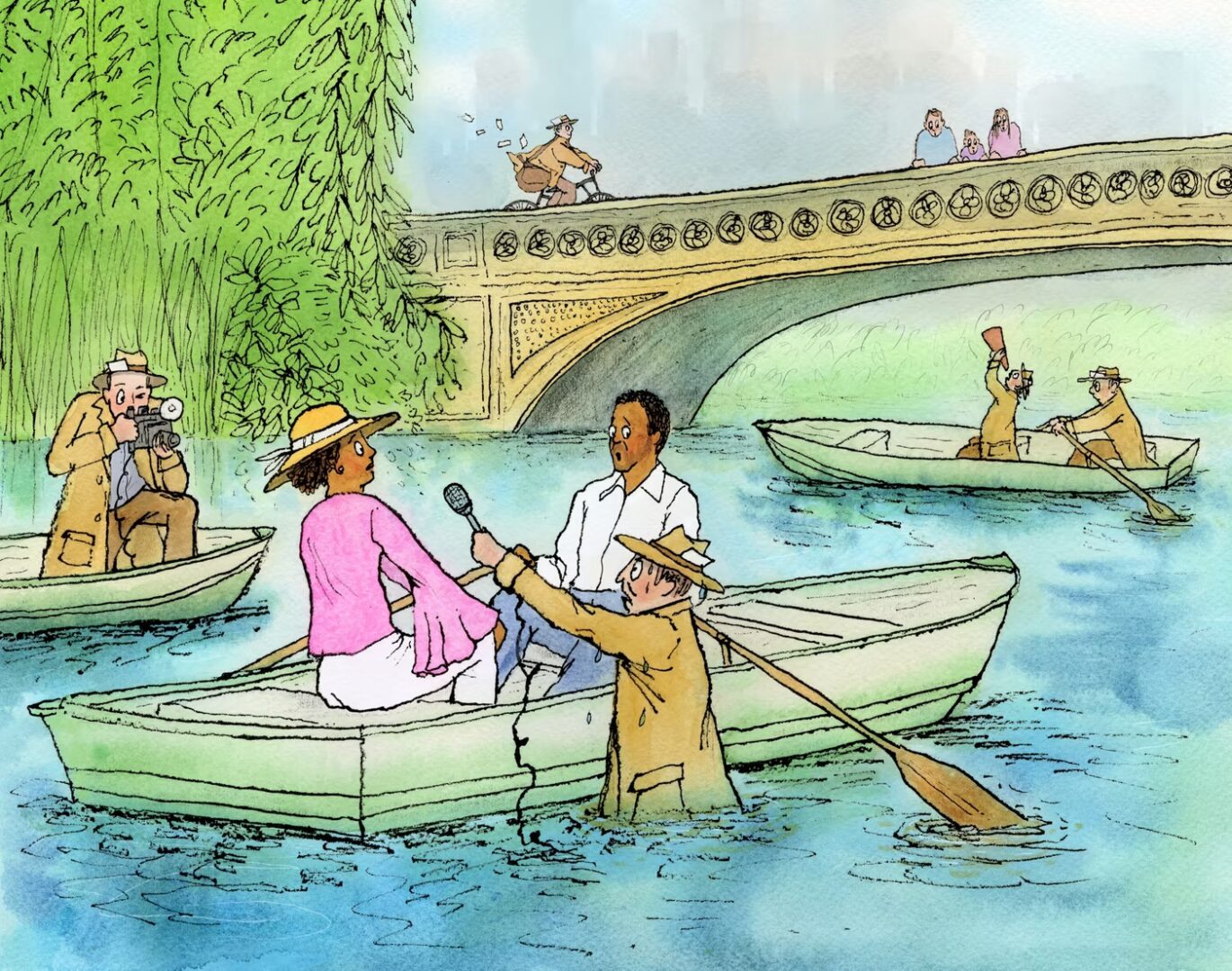
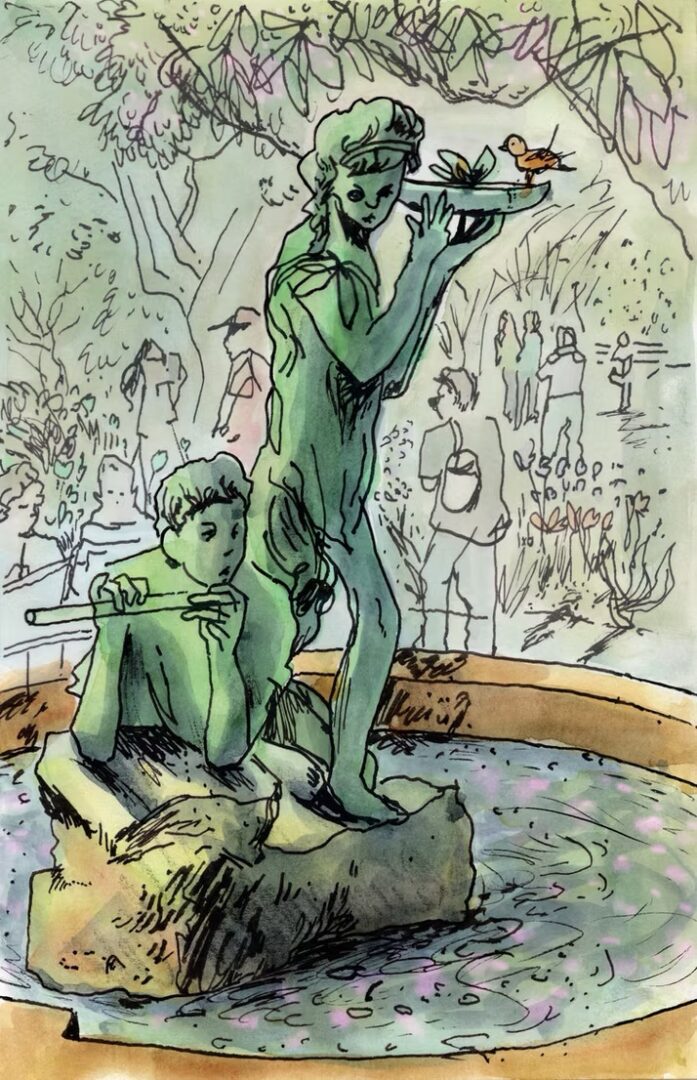
so if you or someone you know deserves recognition please let us know here.




